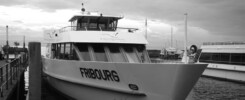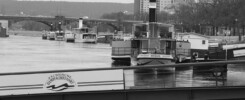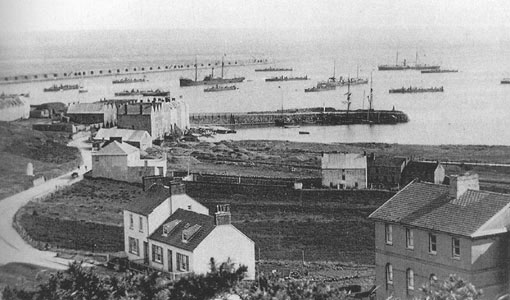
Alderney is the third largest of the Channel Islands although much smaller then either Guernsey or Jersey being only three miles long and about a mile wide. It has never enjoyed the popularity as a holiday destination of its larger cousins which, in their heyday, were served by up to six large mail-boats from Weymouth and Southampton during the peak summer weeks pouring tens of thousands of holiday makers onto the islands. In contrast, Alderney has enjoyed no lasting direct passenger ship link to the British mainland at all. Before the age of the aeroplane, if you wanted to go to Alderney, you had to go to Guernsey first and then take the small ferry from there.
It is a quiet, away from it all, sort of place with a feel about it of stepping back in time. Traditionally, those on the larger islands refer to Alderney locals as “les vaques” (cows) or “les lapins” (rabbits).
Only ten miles from the coast of Britain’s then enemy, France, Alderney’s strategic position for sheltering the expanding British Channel Fleet was recognised in the nineteenth century and so, as part of the general naval dockyard enlargement programme of the time, which included the huge expansion at Chatham and the enclosing of what became Portland Harbour, plans were put in hand to build a giant breakwater around Braye Harbour. You can see it clearly on the left in the picture above sheltering a small fleet of gunboats around 1900. Facing straight out into the teeth of Atlantic gales, it was not an easy project to complete but its significance was demonstrated by Queen Victoria herself coming over to open it with much ceremony in 1854.
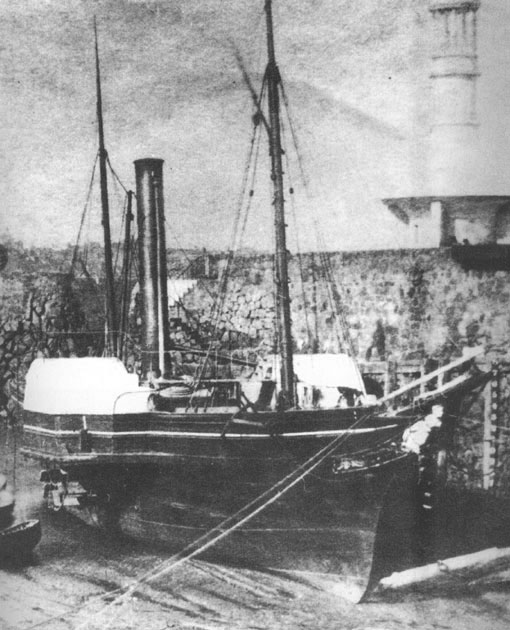
Work on the new breakwater led to a big expansion in the population of the island and a consequent need for a more regular ferry connection to Guernsey and Cherbourg. As a result, in 1853, the Paddle Steamer Queen of the Isles was bought by the breakwater contractors Jackson and Bean to replace their smaller Princess Royal.
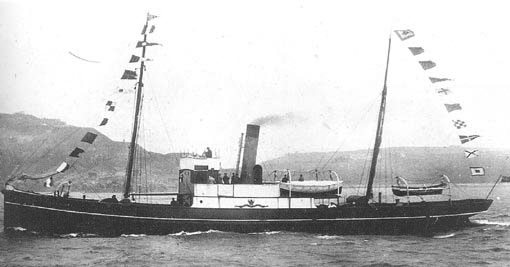
After her, the link to Guernsey was provided by the “Little” Courier (built 1876) and the “Big” Courier, (built 1883 and pictured above) both being propeller rather than paddle driven. The latter continued on the route up to 1940.
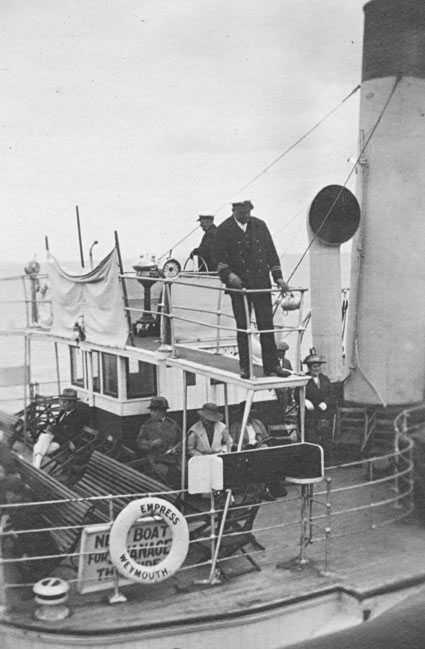
As the south coast excursion steamer fleets expanded from the late 1870s onwards, Alderney came to be seen as a potential and occasional day trip excursion destination having the natural advantage over Guernsey and Jersey of being the closest island to mainland Britain so making the trip shorter. Cosens’ little PS Empress, (1878 – 1955) was one of the first to run day trips from Bournemouth Pier to Alderney.
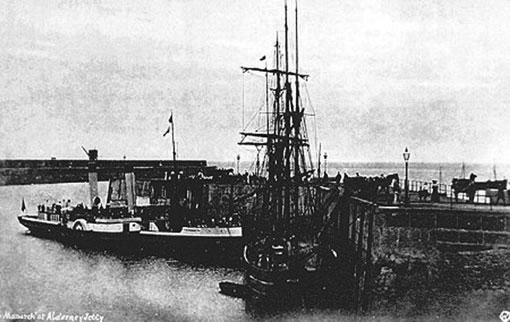
The Monarch (1888 – 1950) became the most regular of the Cosens’ paddle steamers to call at Alderney up to the First World War, making a handful of trips in the peak summer weeks each season. Here she is pictured alongside at Braye Harbour with the giant breakwater in the background.
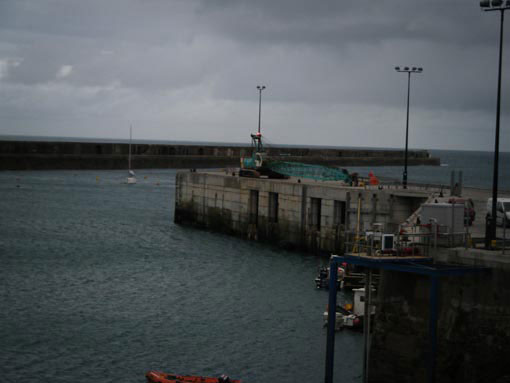
The same berth pictured in November 2012. Today it is used for the twice weekly freight connection to Poole.
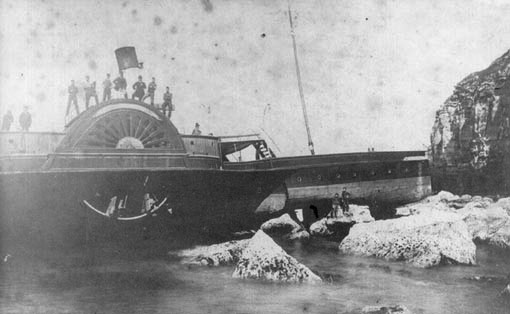
The Monarch’s rival at Bournemouth, the very similar Paddle Steamer Bournemouth (1884 – 1886) visited Alderney from time to time but these and all her trips came to an end in August 1886 when she ran aground and broke her back on the west side of Portland Bill on a return sailing from Torquay to Bournemouth in thick fog.
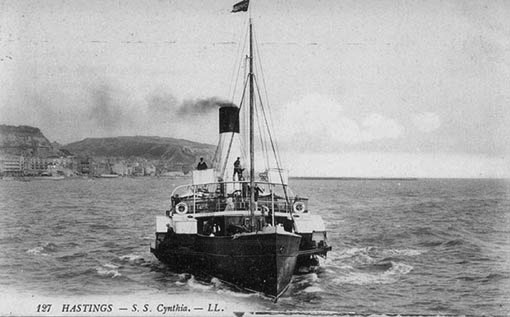
In the days before radar and satellite navigation, fog was always a real worry for paddle steamer captains. The picture above is of the Paddle Steamer Cynthia (1892 -1933) which Cosens chartered for the 1899 season. On her scheduled trip to Alderney on 15th August, she ran into thick fog soon after leaving Weymouth and got only as far as off the Casquets before her master very prudently decided not to risk getting mixed up in the fast moving tides and rocky outcrops of Alderney in fog and turned back.
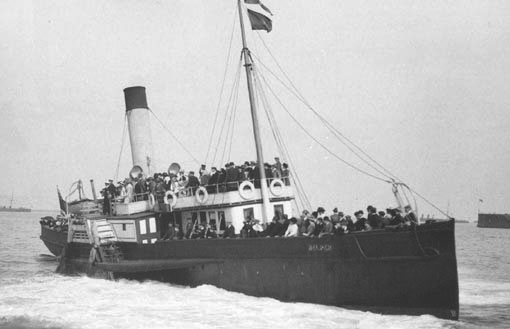
After the First World War, the cross channel paddle steamer day trips from the south coast of England to Alderney became a thing of the past but Alderney itself rejoiced in the acquisition of its first home based paddle steamer for many a long year when the Alderney Steam Packet Co bought Cosens’ PS Helper (1873 – 1929) in 1919 for their service connecting Alderney with Guernsey and Sark. Sadly she was damaged in a gale whilst at Sark in 1926 and was scrapped in 1929.
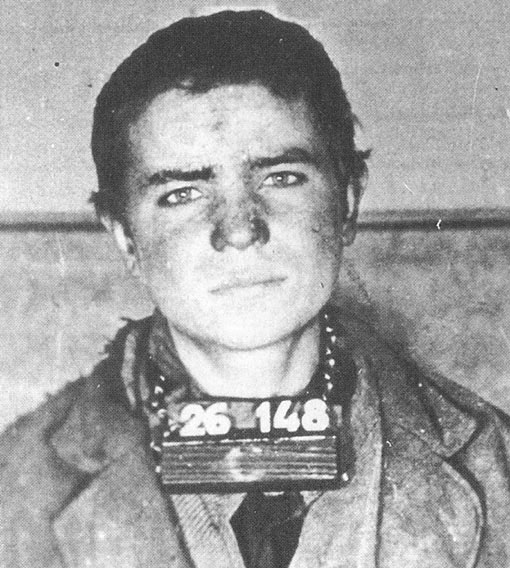
Just over a decade later, Alderney’s fortunes took a terrible downwards turn. All but a handful of the local population left before the Germans landed in July 1940 after which the process of turning the Channel Islands into a fortress started in earnest. Although initially many workers were paid volunteers, it was not long before slave labour was brought in mainly from Russia and the Ukraine. At its peak there were around 5,000 slave labourers, like the sixteen year old Anton Yezhel, (pictured above) housed on Alderney in four concentration camps. Many died from starvation, overwork, disease or cruelty or were executed.
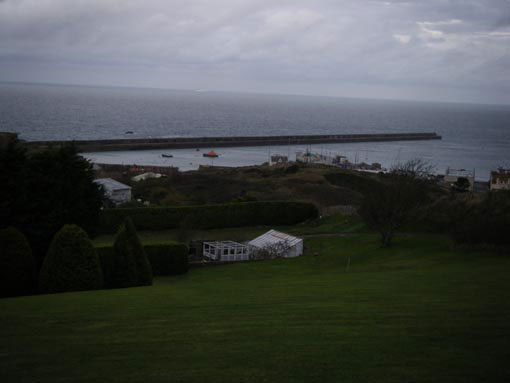
Looking at Alderney today with its pleasant new locals housed in their pleasant new bungalows, many with pleasant new greenhouses, it is hard to imagine the sheer horror and terror that existed on that island little more than sixty years ago. However can it be that at one moment in time, day trippers from Bournemouth unloaded from the Monarch can amiably be looking for lunch in a local hotel and touring the island in a charabanc merry with the laughter of children, and on the very same spot, on the very same soil, on the very same island, a few decades later, sixteen year old boys can be imported as slave labourers, subjected to unimaginable cruelty and then shot?

Of course Alderney has tried to put all that behind it now and move on. Today, it has its modest tourist industry. With its favourable tax regime it has attracted a number of online businesses including online gambling. And of course it has a smattering of the well off and the famous as sometime residents including, rather improbably to my way of thinking, Julie Andrews. Can it really be that the sugar sweet star of the “Hills are alive with the sound of music” should live in a pretty little cottage which Anton Yezhel trudged past, weighed down, as he must have been, by an ebb tide of just about everything, on his way to the concentration camp?
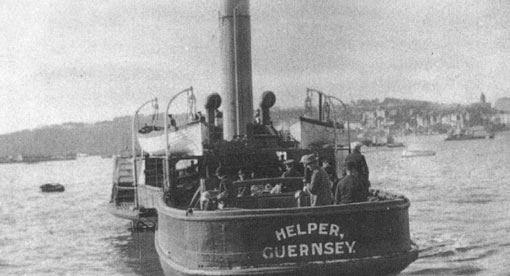
Well, Alderney may have Julie Andrews but it doesn’t have paddle steamers anymore like the lovely little Helper, pictured here at St Peter Port, Guernsey in the 1920s.
Today you can get there by plane directly from Southampton or Gatwick which is all well and good in its own way. But do we really want all this flying about? Wouldn’t it be much nicer if the primary means of access to Alderney was once again the connection from Guernsey aboard the little Helper? OK you might need a strong stomach when a fresh breeze was blowing white horses onto the Channel crests. And you would have to remember to pack your sou’wester and oilskins if you were planning to sit on deck. But that’s nothing. I would take my chance with all that if only it were possible once again!
And wouldn’t it be wonderful if in turning back that clock to the 1920s for a Christmas wish for the Helper’s return, that that wish might include a different future from then on for Alderney. A different future for Anton Yezhel. A different future which avoided the dreadful horrors which scarred its 1940’s past.
What we would need is someone with magical powers to arrange it. But who could do it? Who would have that skill?
But of course! It’s obvious when you think about it: Mary Poppins! Mary Poppins can do anything! And she’s a local girl now!
Kingswear Castle returned to service in 2023 after the first part of a major rebuild which is designed to set her up for the next 25 years running on the River Dart. The Paddle Steamer Kingswear Castle Trust is now fund raising for the second phase of the rebuild. You can read more about the rebuilds and how you can help if you can here.
John Megoran

